Your cart is currently empty!
Tag: cannabis-science

Explore the captivating world of cannabis terpenes, the aromatic compounds responsible for the unique scents and flavors of each strain. While cannabinoids like THC and CBD often dominate the conversation, terpenes significantly impact your cannabis experience by working synergistically in the “entourage effect.” Learn about various terpenes such as limonene, myrcene, linalool, pinene, and caryophyllene,…
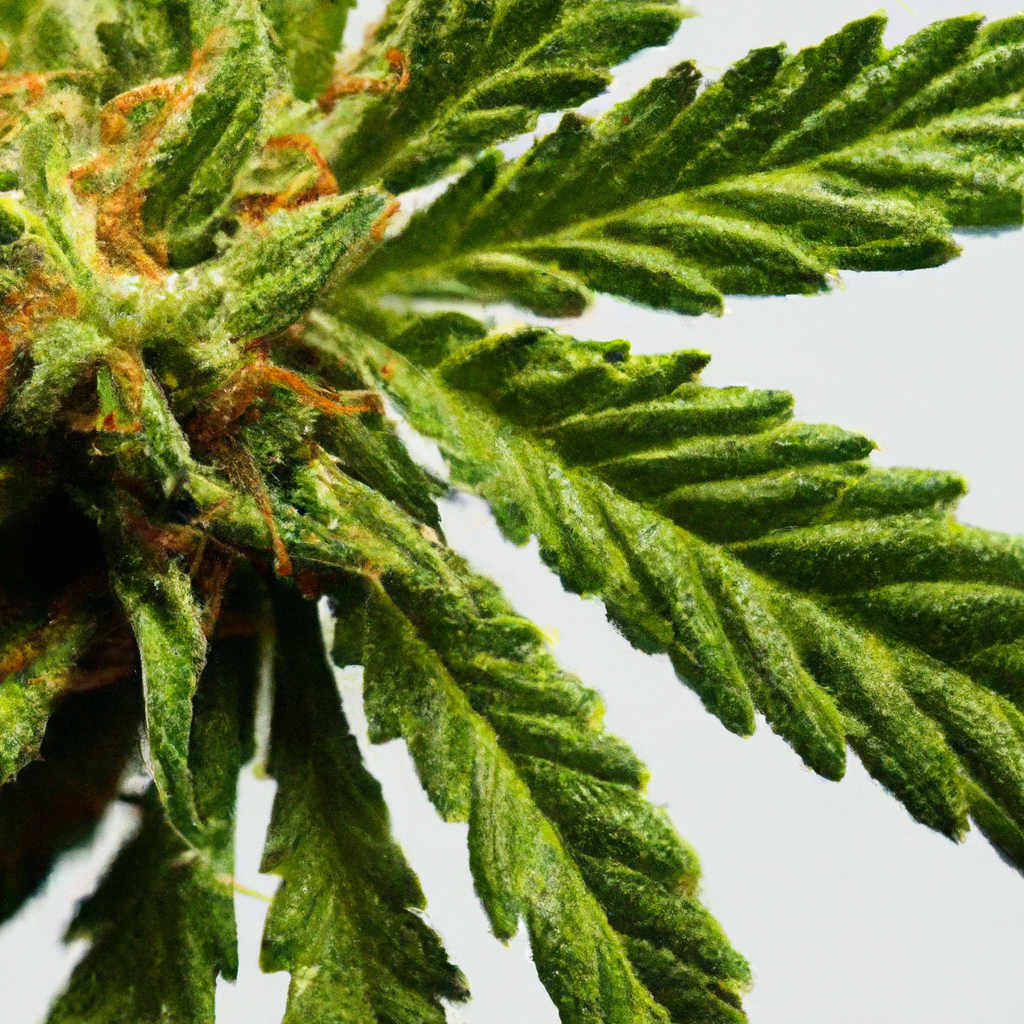
In recent years, cannabis has emerged as a promising component in skincare, thanks to growing research on cannabinoids and their interaction with the skin. Cannabinoid receptors in the skin are part of the endocannabinoid system, which regulates skin homeostasis, cell growth, inflammation, and lipid production. Cannabis offers potential benefits for skin health, including anti-inflammatory, antioxidant,…

As society increasingly recognizes the importance of mental health, many are turning to cannabis for its potential anxiety-relief benefits. This blog post explores the science behind cannabis, focusing on CBD’s anti-anxiety effects and the calming influence of terpenes. It discusses the impact of different strains, highlighting indica and high-CBD varieties for relaxation and stress management.…
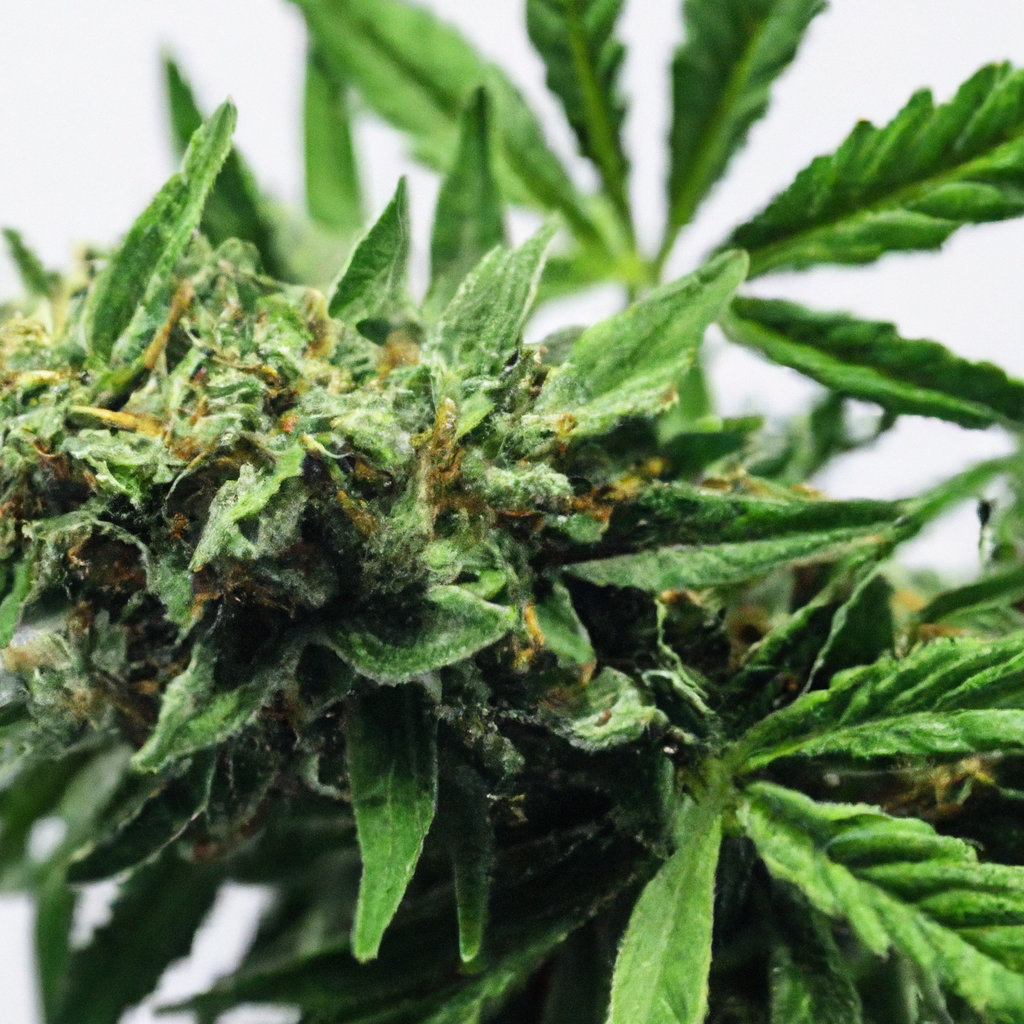
The blog post delves into the crucial role terpenes play in cannabis, beyond just contributing to the plant’s aroma and flavor. Terpenes interact with cannabinoids to influence cannabis effects through the “entourage effect.” Common terpenes like myrcene, limonene, linalool, and beta-caryophyllene each offer unique benefits, from relaxation to mood enhancement. Understanding terpene profiles can help…

With the evolution of cannabis science, cannabis oils have become a favored choice for medicinal and recreational use. This blog examines these oils, highlighting their potential to enhance well-being. Cannabis oils, extracted from the plant’s beneficial compounds using carrier oils, offer a potent and convenient way to experience cannabis. The primary types are THC and…
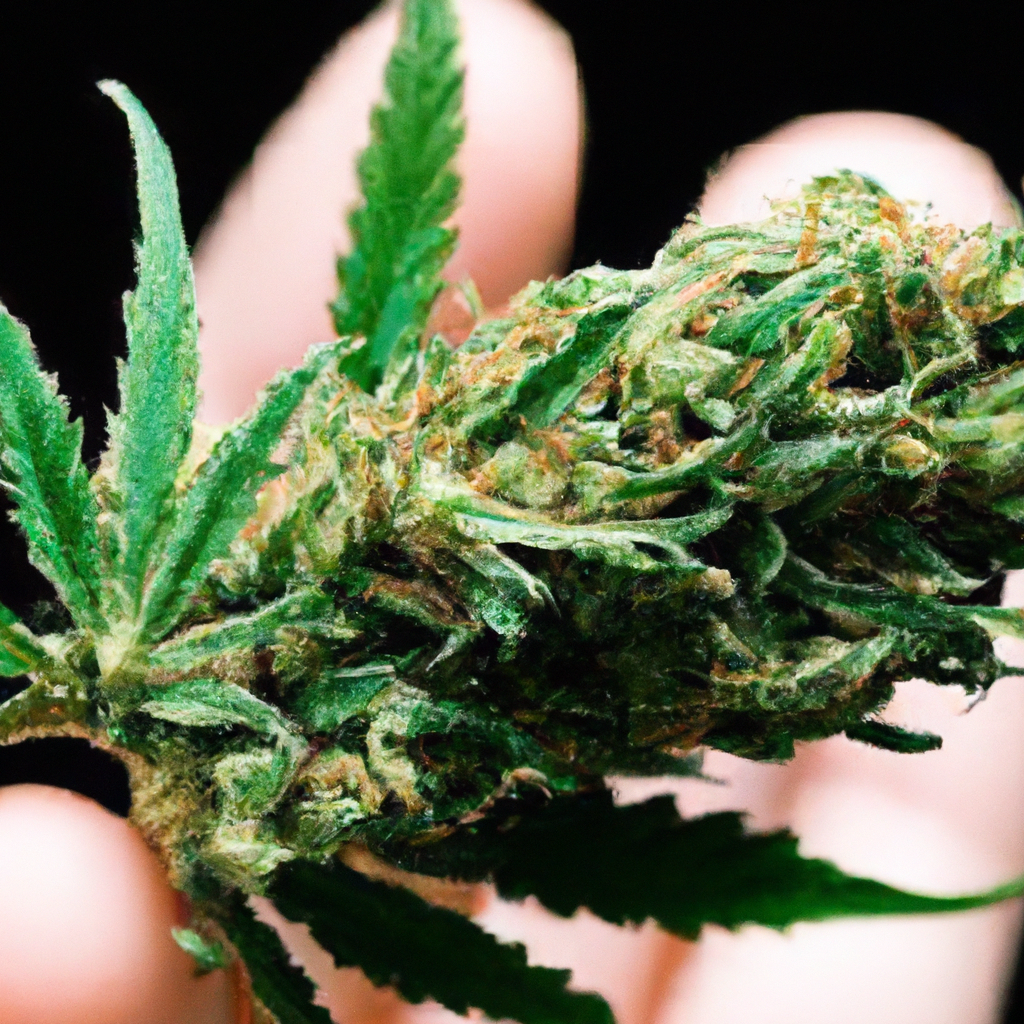
The integration of cannabis education into modern academia highlights an evolving perception of this plant as universities and platforms offer courses and certifications in its biochemical, legal, and commercial aspects. With the expanding cannabis industry, there is a rising demand for skilled professionals, making cannabis-focused education crucial. Programs range from university degrees to online training,…

Over the past decade, significant advancements in cannabis research have explored its complex chemical makeup, revealing potential therapeutic benefits beyond well-known cannabinoids like THC and CBD. Emerging findings on lesser-known cannabinoids such as CBG and THCV indicate potential health applications, while terpenes are suggested to enhance therapeutic effects through the “entourage effect.” Innovations in extraction…
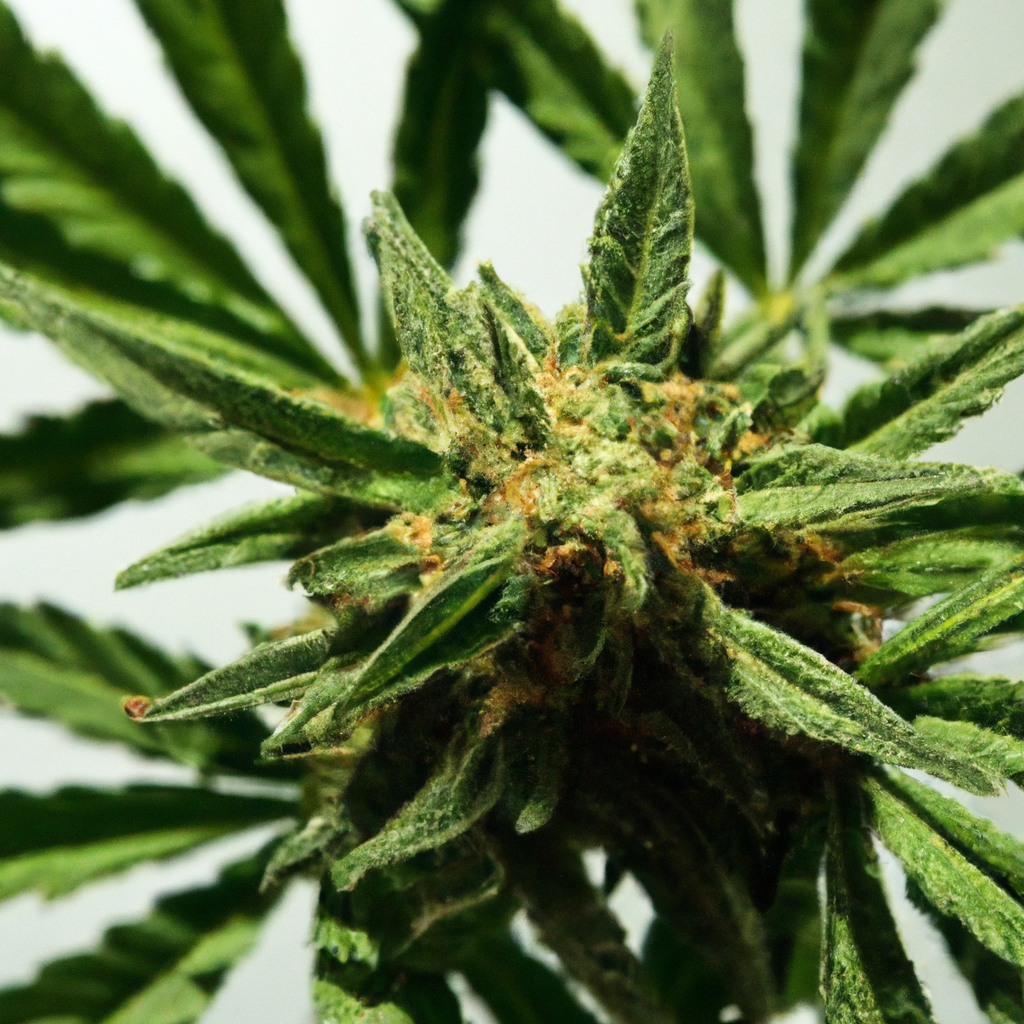
In the rapidly evolving field of personalized medicine, cannabis is emerging as a transformative component, offering treatment options tailored to an individual’s genetic profile. By leveraging genetic information, practitioners can customize cannabis-based therapies, utilizing cannabinoids and terpenes to maximize therapeutic outcomes and minimize side effects. Case studies, like that of a patient named John, highlight…

With the fast pace of modern life, many individuals are turning to natural methods for stress management, including cannabis. The article delves into how cannabis interacts with the body’s endocannabinoid system (ECS) to influence mood, sleep, and stress. It highlights the roles of THC and CBD, suggesting methods such as microdosing, CBD-focused products, and mindful…
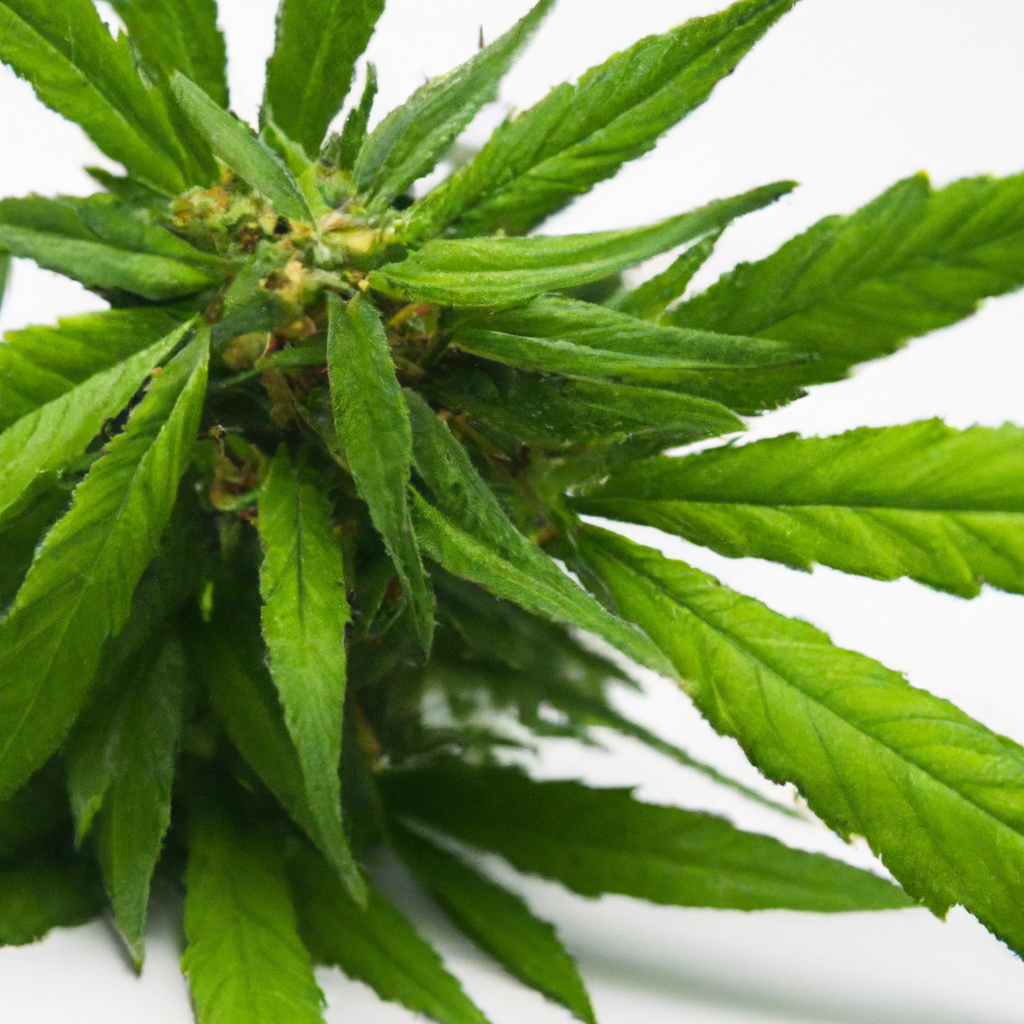
The world of cannabis includes more than just THC and CBD; flavonoids also play a crucial role in its biology and potential health benefits. These natural compounds contribute to the plant’s coloration, aroma, and flavor and are gaining scientific interest for their antioxidant, anti-inflammatory, and neuroprotective properties. Research into flavonoids is uncovering their synergy with…
